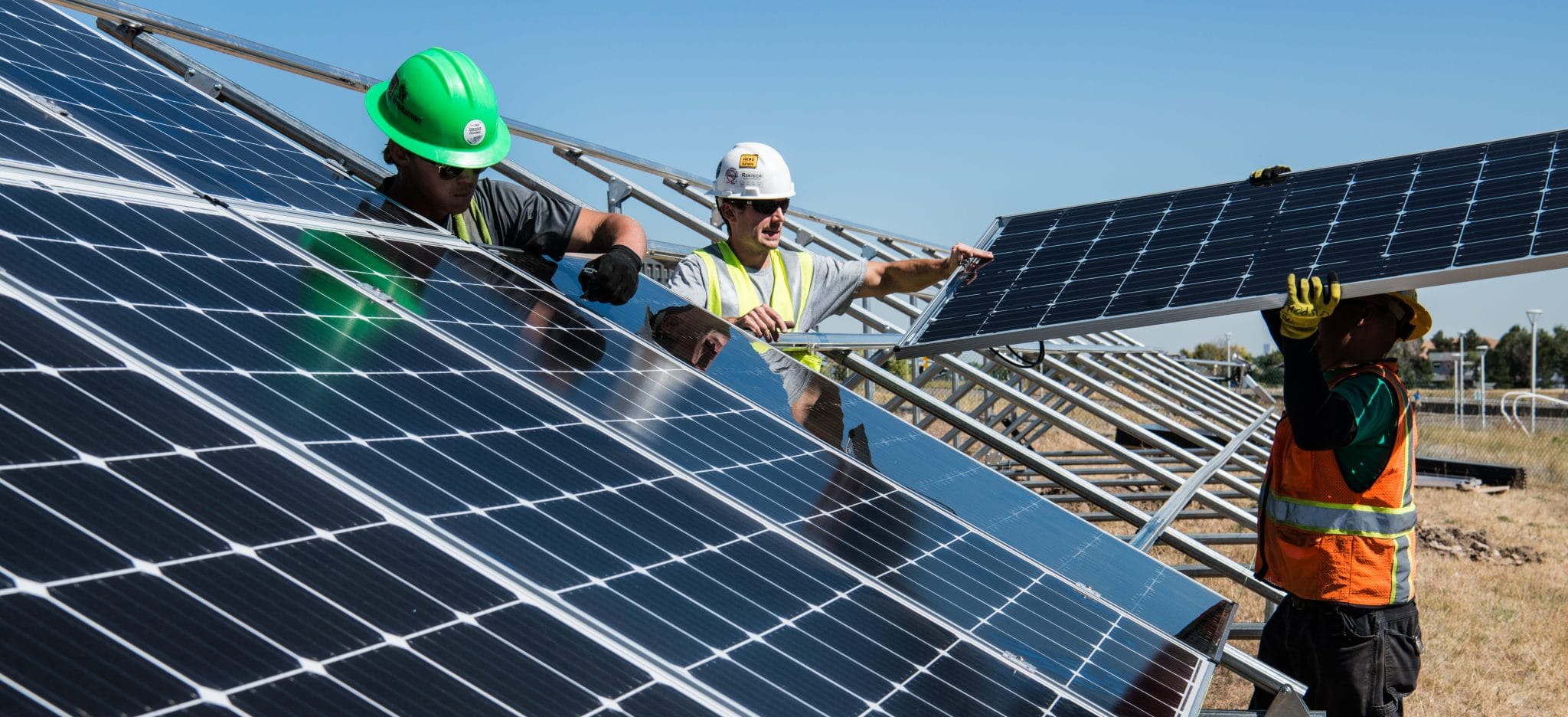On 28 April 2020, the Egyptian Electric Utility and Consumer Protection Regulatory Agency (EgyptERA) issued Circular no. 2/2020, published on 19 May 2020 and applicable as of 20 May 2020, restructuring the net-metering scheme in Egypt (accessible here: http://egyptera.org/ar/Download/journal/2020/2_2020.pdf). The new decision cancels any previous circulars applicable to solar energy generation projects operating on a net-metering basis; which is one positive aspect of this Circular in respect of legal certainty, unlike other decisions which had left both consumers and developers previously in a state of doubt as to their scope of applicability.
But, is it all positive? The Circular puts in place a number of new parameters, which on the whole seem to limit the set-up of new net-metering projects in Egypt.
- The generation facility must be located within the premises of the electricity consumer. This should in principle not be a concern for rooftop developments, but ground-mounted PV projects might find it more restrictive if they intend to set up new developments on adjacent land to the commercial or industrial facilities of their offtakers.
- The consumer may not hold a distribution license for the same net-metering project.
- The total capacity of net-metering solar power projects connected to any single Distribution Company may not exceed 1.5% of the peak load of the DisCo registered by the metres during the financial year preceding the contract. The general justification typically given is mainly technical and related to the capacity of the grids and their responsiveness to the dispatchability of renewable generation. However, given that there is no clear indication that this figure has been calculated based on studies conducted on the average capacities of all DisCos, it may be argued that underlying causes could be related to the protection of the national generation companies and DisCos, and the general concern of the government to offset the incurred costs of grid improvements and cross-subsidies.
- The total capacity generated from solar net-metering projects (past and future) may not exceed 300MW over two tranches: 125MW for capacities up to 500kW; and 100MW for capacities greater than 500kW up to 20MW. Jurists and businesses alike do not generally fare very well with any rules applying retroactively to past cases and situations, but this decision does introduce into the count existing capacity at the time of issuance of the Circular for the calculation of the 300MW cap. It does not state the existing capacity, so it leaves open the question of how much of that is left for new developments. It also does not set forth a timeframe for the rule, which leads one to think that it would continue to apply “until further notice”. EgyptERA has subsequently issued a clarification concerning the exact installed and available capacities (accessible here http://egyptera.org/ar/download/pdf/PVcapacity.pdf).
- The installed capacity of the net-metering facility may not exceed the maximum load of the consumer during the year preceding the commercial operation date of the facility. This prevents the consumer/developer from oversizing the facility and backing up the extra capacity on the grid.
- The total contracted capacity on a net-metering basis for solar projects of a single licensee or customer of a DisCo connected to the distribution grids may not exceed 25MW, with a maximum capacity of 20MW per single project. This does not represent an increase of the total capacity per project which was already allowed under the net-metering scheme – that remains capped at 20MW. However, the 25MW is a new cap for aggregate capacity of several solar net-metering projects connected to the distribution grids. The choice of the plural form in “distribution grids” also implies that a developer should not be permitted to exceed the aggregate cap of 25MW by connecting to different distribution grids. Some would interpret this as a limitation for medium-sized developments, to encourage the smaller developers, while others would consider it an unnecessary hurdle not justified by the reality of the market and connected capacity to-date through net-metering projects.
- In case of interconnection on the medium voltage networks, an additional study is required, to be performed by the DisCo or a third party consultant at the cost of the consumer/offtaker, to assess the impact on the grid, provided that no reverse current is fed to the transmission networks of the Egyptian Electricity Transmission Company (EETC) or any of its customers at any point in time. Could reverse relays resolve this from a technical perspective, such that it would not be an issue for developers?
- The settlement of net-metering charges for excess capacity fed to the grid must take place annually, after offsetting the consumer/offtaker’s consumption at the end of June of every calendar year, at the price of electricity determined (in EGP piasters/kWh) based on the latest purchase price/tariff contractually agreed between EETC and a solar energy generation company. While the idea would have been to take into account the market’s concern that the level of payment generated from the sale of electricity to the government in the case of net-metering might not have been sufficiently appealing in comparison to other renewable energy schemes applicable in Egypt in the past few years, the scale of EETC offtake is hardly comparable to that of consumers in small-scale net-metering projects.
- A new fee is introduced – a balancing charge – which should represent the cost of balancing the renewable electricity on the grid, depending on the interconnection voltage, that is determined by EgyptERA and reviewed and updated on a regular basis. Just as the market continues to query the exact calculation of the “wheeling charge” in IPP projects, this new charge comes in as another question mark, creating an uncertain value in the business model of small-scale projects.
Despite the changes, which may not be all positive for developers of small-scale solar projects, we are still looking at this market’s prospects positively. Although the very small projects will likely be impacted, there will still be room for the development of 2-3MW+ projects in the C&I sector, which intermittency seemed to be the major benefit from a net-metering connection, rather than a government pay-back. These will most likely adopt a self-consumption or a wheeling/IPP model instead though.




